How to Choose All Glass Solutions for Maximum Energy Efficiency in Modern Construction
In the realm of modern construction, achieving maximum energy efficiency is no longer a luxury but a necessity, and "all glass" designs are at the forefront of this evolution. According to the U.S. Department of Energy, buildings account for nearly 40% of the nation’s energy consumption, with windows significantly influencing thermal performance. A recent report from the World Green Building Council indicates that optimizing glass properties can potentially reduce energy usage by up to 50%. With advancements in glass technology and coatings, the selection of "all glass" systems can greatly enhance natural light entry while minimizing heat transfer and glare. As architects and builders increasingly turn to innovative glass solutions, understanding how to choose the right materials becomes essential for sustainable construction practices and long-term energy savings.
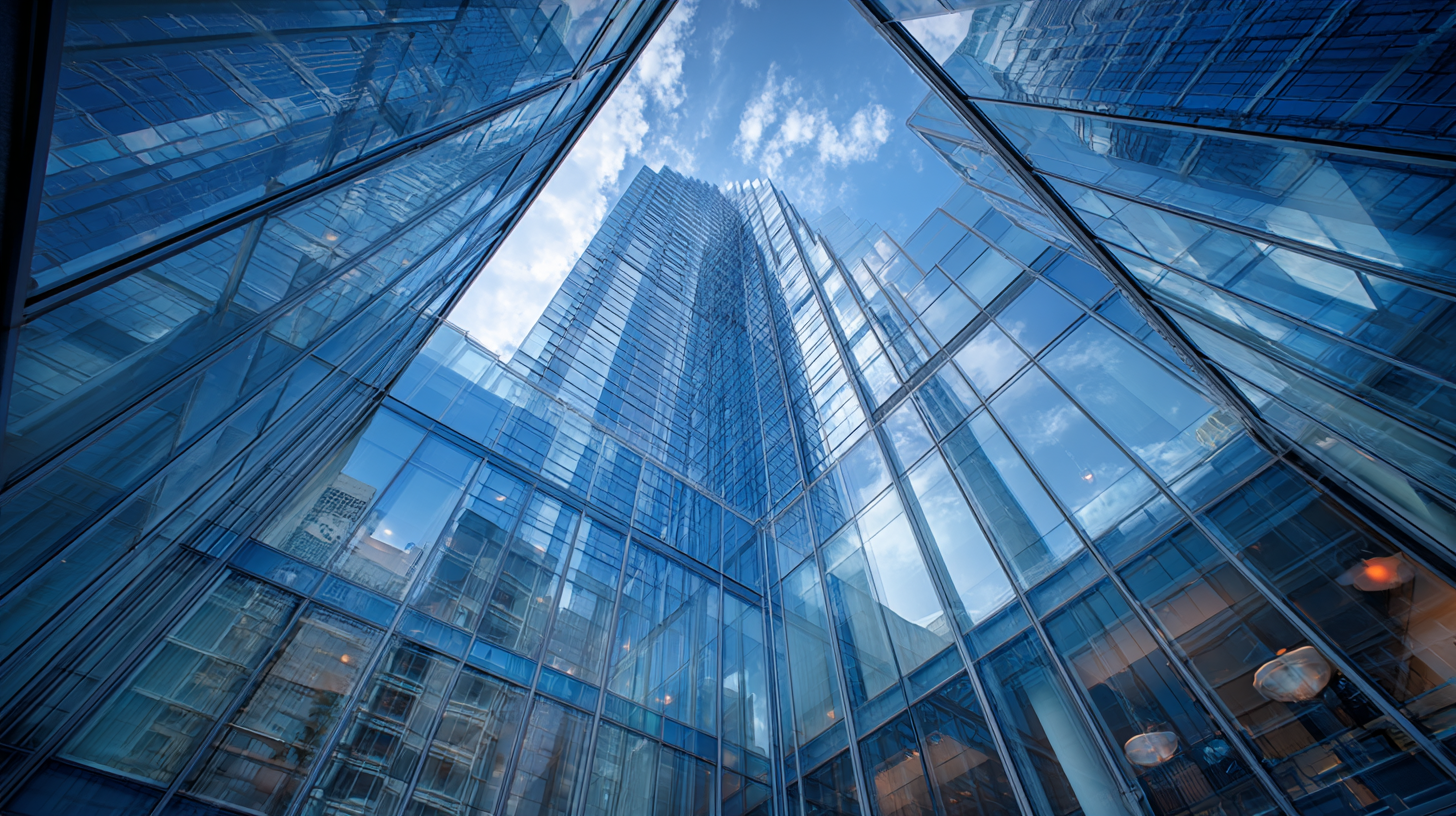
Identifying Energy Efficiency Goals in Modern Construction Projects
In modern construction, establishing clear energy efficiency goals is essential for maximizing the benefits of all-glass solutions. First and foremost, consider the specific energy performance targets you want to achieve, such as reducing overall energy consumption, minimizing heating and cooling costs, or utilizing renewable energy sources. By defining these goals early in the design process, you ensure that every element of the building contributes to a more sustainable environment.
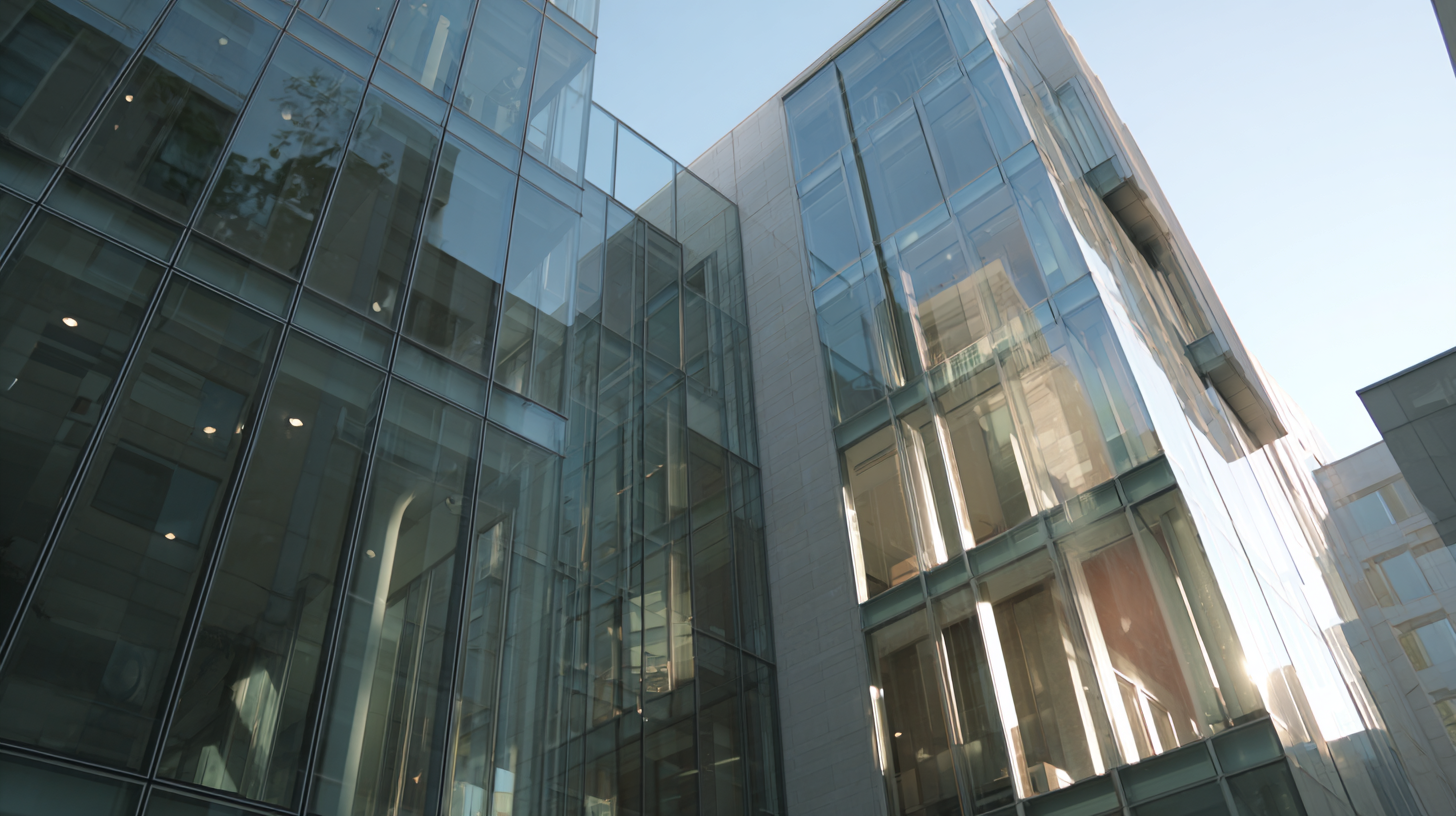
Tips: Conduct a thorough energy audit of existing structures to benchmark current performance and identify areas for improvement. Collaborate with architects and engineers to integrate high-performance glazing systems that enhance thermal insulation and daylighting efficiency.
Additionally, select materials that not only meet aesthetic requirements but also align with your energy efficiency objectives. Utilize low-emissivity (Low-E) coatings and triple-glazed windows to optimize heat retention and minimize solar gain. Engaging with manufacturers to explore the most innovative glass technologies will enable you to make informed decisions that support your energy goals effectively.
Evaluating Types of All Glass Solutions for Optimal Performance
When evaluating types of all glass solutions for optimal performance, it’s essential to consider various factors that contribute to energy efficiency in modern construction. One of the primary considerations is the type of glazing used.
Low-emissivity (Low-E) glass, for instance, reflects heat back into the building during winter while keeping exterior heat out in summer, significantly reducing energy consumption for heating and cooling. Moreover, the integration of double or triple glazing enhances insulation, allowing for thermal stability and further cutting down on energy costs.
Another key aspect to evaluate is the framing system, which can greatly influence the overall performance of the glass solution.
Thermally broken frames, which reduce heat transfer through the frame, are crucial when aiming for maximum energy efficiency. Additionally, selecting glass with appropriate solar heat gain coefficients (SHGC) can help manage glare and heat, ensuring a comfortable indoor environment without excessive reliance on artificial lighting. By carefully assessing these elements, builders can select all glass solutions that not only meet aesthetic desires but also enhance energy performance significantly.
Understanding Thermal and Acoustic Insulation Properties of Glass
When considering all-glass solutions for modern construction, understanding the thermal and acoustic insulation properties of glass is crucial. Glass can be engineered to provide various levels of insulation depending on its composition and treatment. Multiple layers, low-emissivity (Low-E) coatings, and gas-filled spaces between panes can enhance thermal performance, reducing heat transfer and improving energy efficiency. These options minimize energy consumption for heating and cooling, ultimately lowering operational costs and contributing to sustainable building practices.
In terms of acoustic insulation, glass can significantly mitigate noise pollution, which is essential in urban environments or residential areas near busy roads. Laminated glass, for example, combines layers of glass with a sound-dampening interlayer to prevent sound waves from passing through efficiently. By addressing both thermal and acoustic insulation, architects and builders can create comfortable, energy-efficient spaces while also considering the well-being of occupants. Selecting the right glass solution thus not only meets aesthetic desires but plays a pivotal role in enhancing the overall performance of modern buildings.

Assessing the Role of Glass Coatings and Treatments in Energy Savings
In modern construction, selecting the right glass solutions is pivotal for achieving maximum energy efficiency. Glass coatings and treatments play a significant role in enhancing the energy-saving capabilities of buildings. According to the U.S. Department of Energy, windows account for approximately 25-30% of a building's heating and cooling energy use. Implementing advanced glass coatings can significantly reduce energy consumption by minimizing heat transfer and improving insulation. For instance, low-emissivity (Low-E) coatings can block up to 70% of solar heat while still allowing natural light to penetrate, demonstrating their dual advantage.
Moreover, the National Renewable Energy Laboratory (NREL) highlights that optimized glazing configurations with the right treatments can lead to energy savings of 20-50% annually. These coatings, such as reflective and spectrally selective options, not only enhance energy performance but also contribute to occupant comfort by reducing glare and maintaining a stable indoor climate. As modern architecture increasingly embraces sustainability, investing in high-performance glass coatings is essential for achieving ambitious energy-efficient targets in new constructions.
How to Choose All Glass Solutions for Maximum Energy Efficiency in Modern Construction
| Glass Type | U-Value (W/m²K) | SHGC (Solar Heat Gain Coefficient) | Visible Light Transmittance (%) | Low-E Coating Type | Energy Savings (% Annual) |
|---|---|---|---|---|---|
| Triple Glazing | 0.5 | 0.25 | 80 | Low-E Soft Coating | 30 |
| Double Glazing | 1.1 | 0.37 | 72 | Low-E Hard Coating | 20 |
| Single Glazing | 5.0 | 0.6 | 90 | None | 10 |
Integrating All Glass Solutions with Sustainable Building Practices
Incorporating all glass solutions into modern construction not only enhances aesthetic appeal but also aligns with sustainable building practices. The use of high-performance glazing can significantly reduce energy consumption by maximizing natural light while minimizing heat transfer. This is crucial for achieving energy-efficient buildings that meet stringent environmental standards. Architects and builders can leverage advancements in glass technology, such as low-emissivity coatings and triple glazing, to create structures that maintain comfortable indoor climates without excessive reliance on artificial heating or cooling.
Moreover, integrating all glass solutions with smart building technologies contributes to greater sustainability. Automated systems can regulate shading and ventilation based on real-time environmental conditions, optimizing energy use throughout the day. By combining these technologies with green building materials and energy-efficient designs, developers can create spaces that are not only visually stunning but also environmentally responsible. This holistic approach ultimately supports the goal of creating buildings that significantly reduce their carbon footprint while enhancing the overall quality of life for occupants.
Energy Efficiency Comparison of All Glass Solutions in Modern Construction
Related Posts
-

5 Best Door Pulls to Elevate Your Home Aesthetic
-
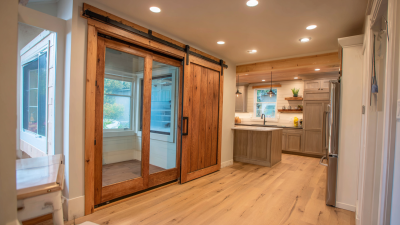
What is the Innovation Behind Sliding Door Systems
-

Ultimate Guide to Choosing the Perfect Store Front Glass Door for Your Business
-

Unlocking Safety and Style with Glass Handrail Systems Benefits
-
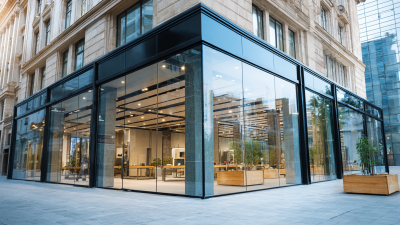
What Makes Storefront Glass Essential for Modern Retail Spaces
-
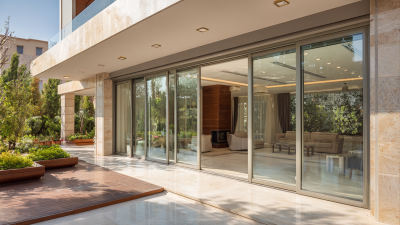
How to Choose the Best Aluminum Doors for Your Home Upgrade
